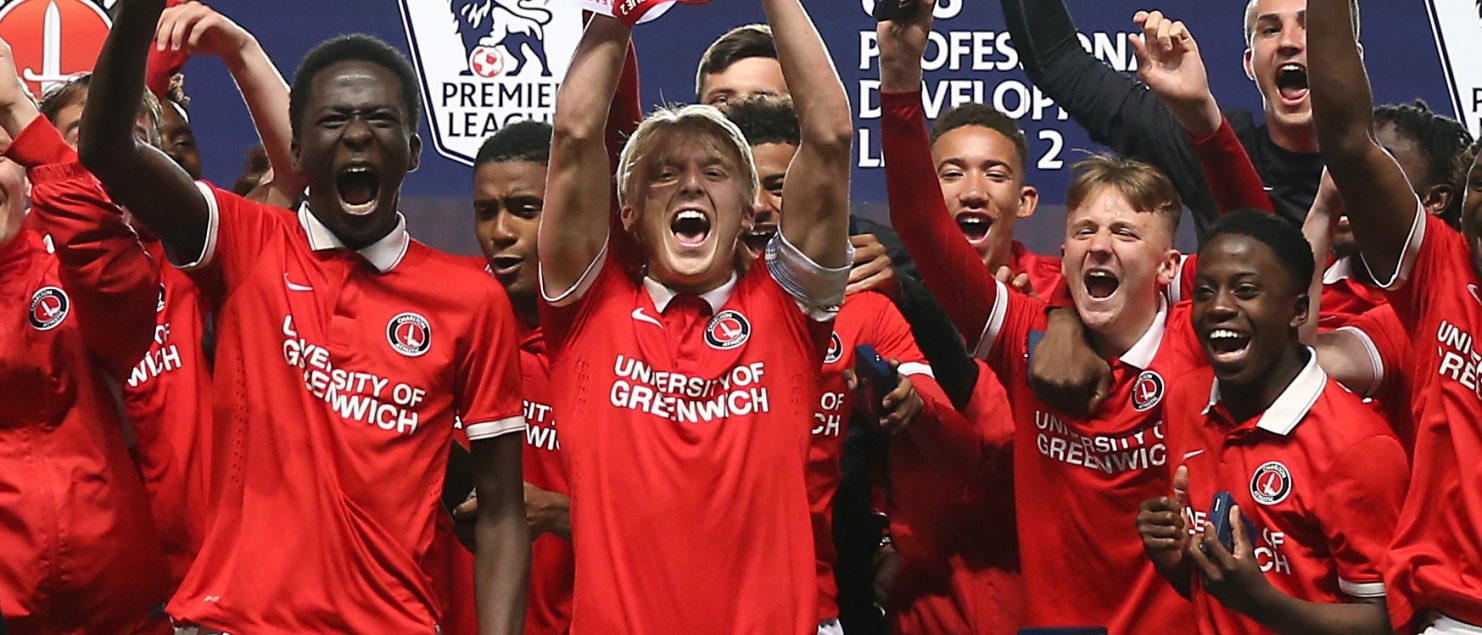The recipe for success in south-east London
For many lovers of the english game, The Valley hasn’t been quickly forgotten from its extensive stay in the top flight. The Addicks spent the better part of the 2000’s in the premier league (2000-2007) and still stand out from the unknown masses of teams in the lower half of the championship and everything below. While their fortunes haven’t been the best in recent years, especially after the purchase of the club by Belgian businessman Roland Duchâtelet, the 112-year old club learned to re-invent themselves not so long ago by creating one of england’s best academies.
The Charlton Athletic Academy, based at Sparrows Lane in New Eltham, is comprised of teams from u9 level up to u23s and has regularly produced first-team talents that went on to higher levels of english football, notably Darren Randolph, Rob Elliot, Harry Arter, Jonjo Shelvey, Joe Gomez and Ademola Lookman. The latter two are an example of the academy thriving during tough times in South-East London, so it’s fascinated me as to how Steve Avory and co keep churning out refined players.
To understand how and why the academy thrives, I’ve interviewed two insiders who know all there is to know about the inner workings of the process. David Powderly is a UEFA Licensed coach who has been at the Charlton Athletic academy since 2013 and is also innovating modern training and coaching with the use of drones. Aaron Barnes has been at the club since the age of 16, having played for the u18s, the u23s (a side that he captains) and now the first team.
First and foremost, they both agree that an important factor at the club is the “realistic goal” (as Aaron puts it) that is the first team. Aaron stresses the importance of the family environment instilled at the club and the interaction between age groups and the clarity of a pathway to the first team made evident by the amount of players having made it past the academy.
David specifies that earlier on, the academy process can create bumps for certain players as things like the transition from 9v9 to 11v11 reveal difficulties some players have with the size of the pitch and the physicality of players. Moreover, He specifies that they are frequently played in different positions, “whichever is best for their own development”.
Coaching-wise, Aaron emphasizes the importance of the “great emphasis on winning” instilled in all levels of the academy, something that can only be achieved through teamwork, even though that doesn’t mean that individual talents aren’t suppressed.
David explains that at the foundation level the focus is on the technical development of players as “It is vital that players develop in 1v1 situations and ball mastery which will have a positive impact on their game further down the line” and that positional play and attacking and defending principles begin to be developed further as players head into the development phase.
David also elaborates on the fact that there’s a good balance between situational drills and free play as free play creates match scenarios and enables the environment to resemble the upcoming game as much as possible, something important at foundation level as “it’s important for young players to experience as much free play/games as much as possible.” He explains that “In a 10 week cycle we will have 4 blocks, overseeing situations in possession and situations out of possession and the transitions between both. Under each theme there are key topics that we will work on.”
Finally, both of them agree that there is still very much a magic to saying they work at/play for Charlton Athletic. David highlighted that players opt more and more for the Charlton academy nowadays as they have a genuine pathway to the first team and an opportunity to reach the highest level while Aaron stressed the importance of the grandeur of the stadium, the quality of the training facilities and coaching and the winning mentality instilled in the club (something that usually turns into trophies).
Overall, I’d say Charlton is an academy that relies on its ability to link up different age groups and its longstanding reputation for quality in coaching and facilities, something that leads to a large amount of players passing through the doors at Sparrows Lane, even as the first team is in trouble.
I’d like to thank both Aaron Barnes and David Powderly for graciously taking their time to answer my questions and I wish both of them the best in their future endeavours. You can find both of them on twitter at @azzabarnes and @David_Powderly respectively.
